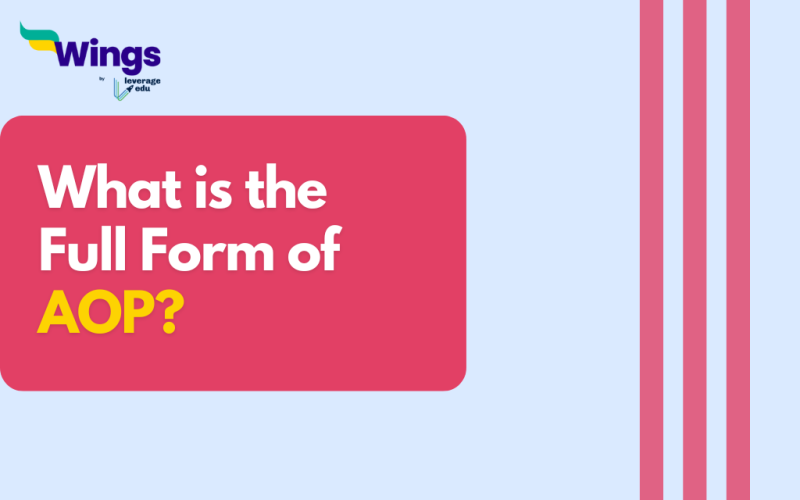The full form of AOP is Annual Operation Plan. It is a tool for financial planning that is utilized by businesses in order to make projections regarding their revenue and expenses for the years to come into the future.
However, business owners, senior managers, or department heads are typically the ones who come up with this idea, despite the fact that it is widely regarded as a very important component of efficient financial management.
The primary objective of an annual operating plan (AOP) in the field of finance is to provide an overview of the anticipated sales revenue, costs of goods and services, gross margin estimates, and operating expenses for the year.
In addition to that, it incorporates a cash flow analysis that is capable of forecasting the amount of cash that will be coming in and going out.
Table of Contents
AOP in Finance
The practice of business planning is an essential one for every company, and it is typically carried out on an annual basis. Business planning encompasses the projection of volumes, costs, and profits, and in some instances, it can also assess long range forecasting, which can extend up to three to seven years in the future.
By acting as a gateway in capacity planning and long term expansion strategies, it is of great value to companies that have product development cycles that are longer than average.
Operating budgets, strategic plans, and key performance indicators (KPIs) are the components that make up an annual operating plan (AOP), which is established within the framework of business planning.
Benefits of an Annual Operating Plan
It is critical for an organization because it can serve as a roadmap to help companies achieve their goals effectively and efficiently. It is a comprehensive document that outlines specific targets and strategies; additionally, it aids in preventing resource waste, maintaining focus, and increasing the likelihood of success.
With an efficient AOP, the company is able to effectively communicate its goals and objectives to various stakeholders, including investors, employees, anIn addition to facilitating decision-making and guiding resource allocation, it also helps to foster alignment within the body of the organization’s decision-making, and guides resource allocation.
With the integration of strategic planning, AOP ensures that workers are working in accordance with their roles and responsibilities, allowing them to efficiently coordinate efforts towards achieving the business’s goals.
There are some additional benefits of AOP as well:
- Make departmental Plans and Strategies More Data-Driven
- Help Highlight the potential need for Fundraising or Spending Re-Evaluation.
- Give Departments a Guidepost for Tracking Performance and Goals.
How is an Annual Operating Plan created?
There are a number of steps that an organization needs to keep in mind while creating an Annual Operating Plan.
- Having Clear Goals and Objectives
- Identifying the Key Performance Indicators
- Creating a Realistic Budget
- A clear definition of Roles And Responsibilities
- An Execution Timeline
FAQs
A: Business owners, senior managers, or department heads typically create an AOP, as it’s a crucial component of efficient financial management.
A: Benefits include serving as a roadmap for goal achievement, preventing resource waste, maintaining focus, increasing the likelihood of success, facilitating communication with stakeholders, guiding resource allocation, and fostering alignment within the organization.
A: Steps include setting clear goals and objectives, identifying key performance indicators, creating a realistic budget, defining roles and responsibilities, and establishing an execution timeline.
Did you like reading about the full form of AOP? If yes, you can read more similar blogs from our A-Z list of full forms!
 One app for all your study abroad needs
One app for all your study abroad needs













